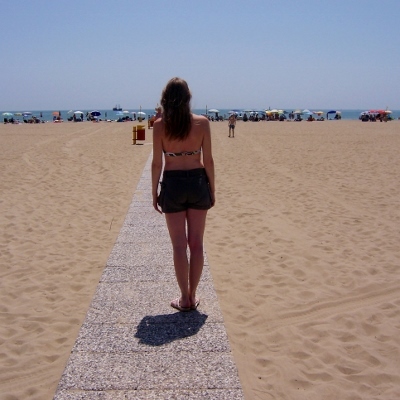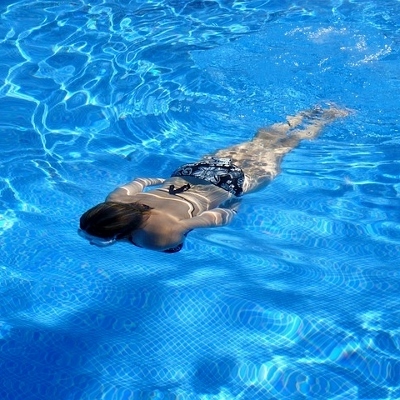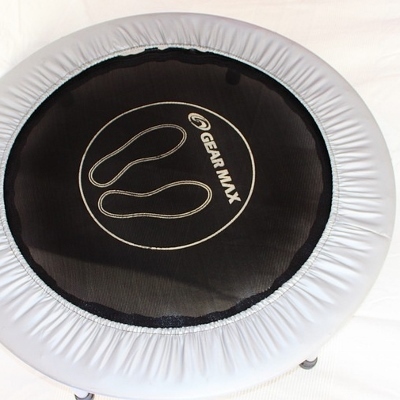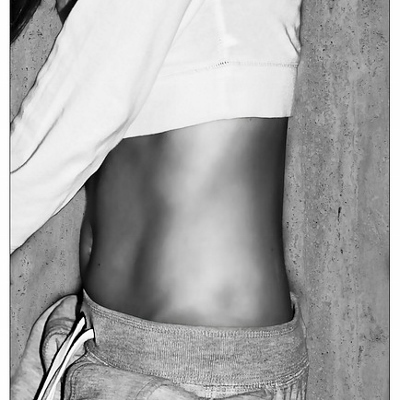 Wearing the right clothes for working out should be an intuitive matter, but how many times have you overheard someone complaining after a workout that they’re chafed in “all the wrong places?” Too much information aside, choosing the correct exercise wear boils down to consideration of the fit, weather, and fabric.
Wearing the right clothes for working out should be an intuitive matter, but how many times have you overheard someone complaining after a workout that they’re chafed in “all the wrong places?” Too much information aside, choosing the correct exercise wear boils down to consideration of the fit, weather, and fabric.
I’ve seen many people make the mistake of wearing oversized clothes for their workouts. This is due in part to the desire to hide their size (although you actually wind up looking bigger), and partly because they believe that big clothes will be “non-restrictive.†Indeed, too-tight clothing will hamper movement; however, clothing that is too loose can result in injury.
For example, trouser legs that are too long and/or loose can become caught in equipment or your own feet; moreover, oversized exercise wear means more clothing material, which means unneeded additional weight when it becomes wet with sweat.
Thus, exercise wear should be loose enough to allow a full range of movement for the chosen workout, and tight enough to stay on, such as for the repetitive motions used when working out with weight machines, or during Pilates or yoga.
At the same time, you also have to consider the weather if you prefer to work out outdoors. Overheating is always a concern during the warmer months, so exercise wear should be made of lighter fabrics such as cotton that allow heat to escape via the evaporation of your sweat, preventing overheating.
Colder weather requires more planning in that you will have to make allowances for clothing that doesn’t impede a workout while keeping you warm. To this end, moisture-wicking fabric draws sweat away before it can cool on the skin, which would prevent the person from becoming chilled.
The material from which your exercise gear is made is another point to consider, especially if you dedicate many hours to exercising. If range of movement is important, then workout gear made from a blend of cotton and spandex can be ideal.
Traditionally, moisture-wicking fabrics are the byword for a comfortable workout, because they wick sweat away from the skin. However, sweat is not a bad thing, especially when its evaporation helps you stay cool during very warm weather.
As such, don’t shy away from exercise wear made from lighter cotton clothing; however, it would be advisable to wear socks made of moisture-wicking material to prevent sweat from soaking your shoes.





